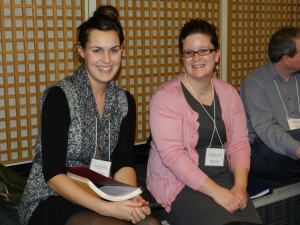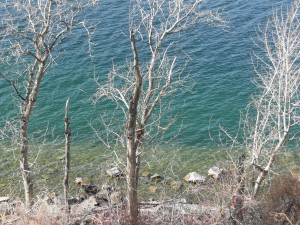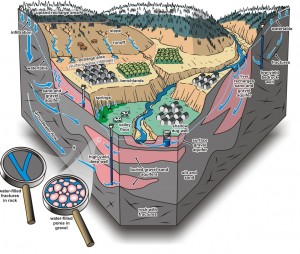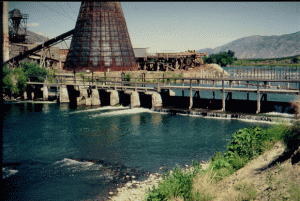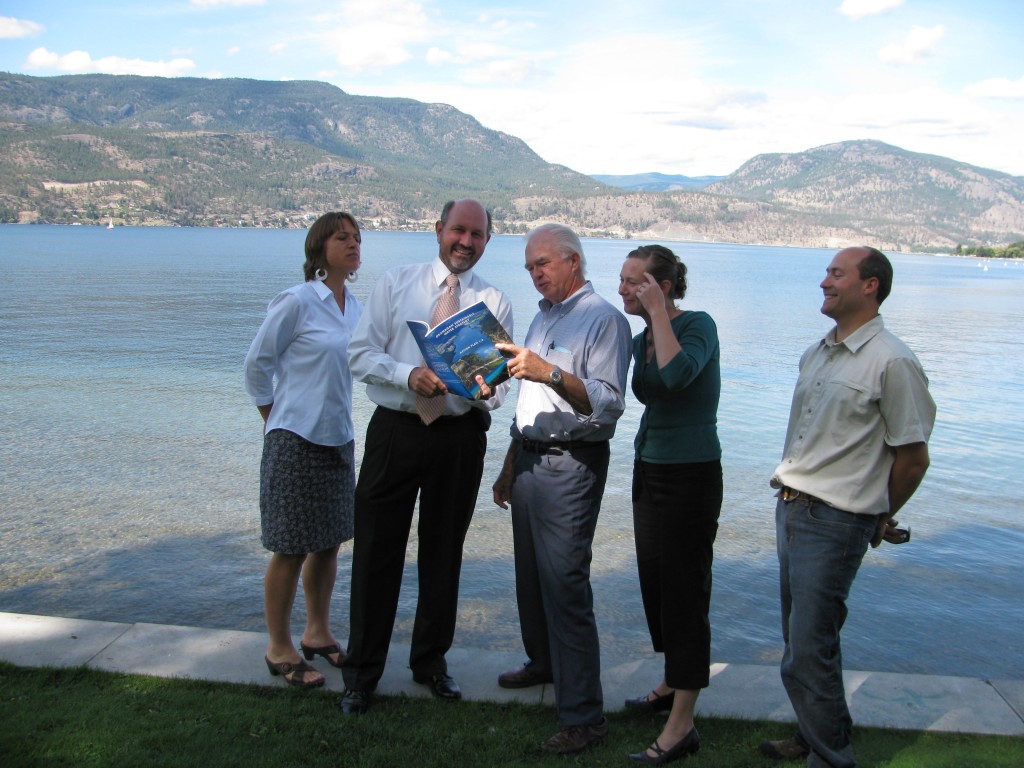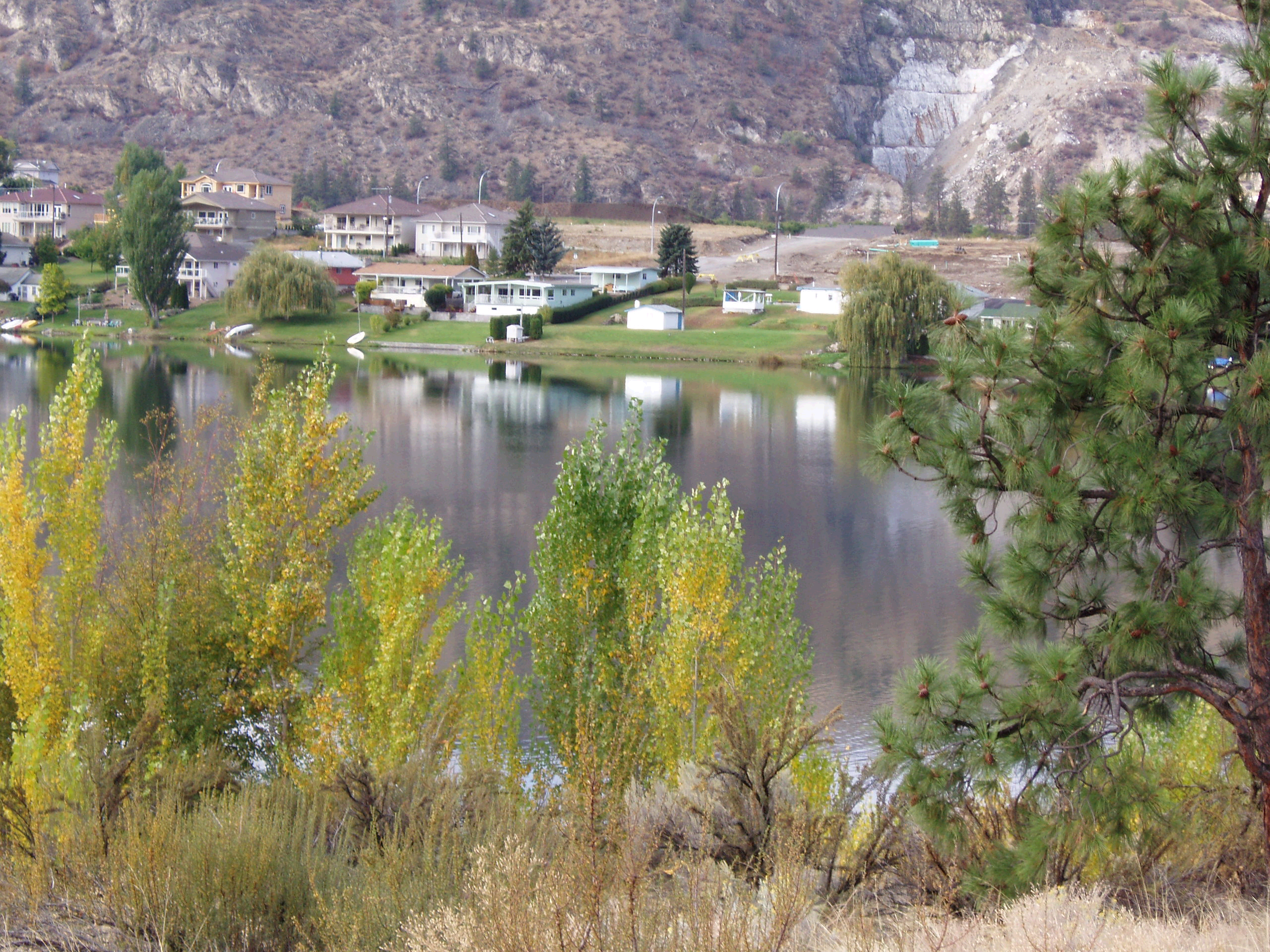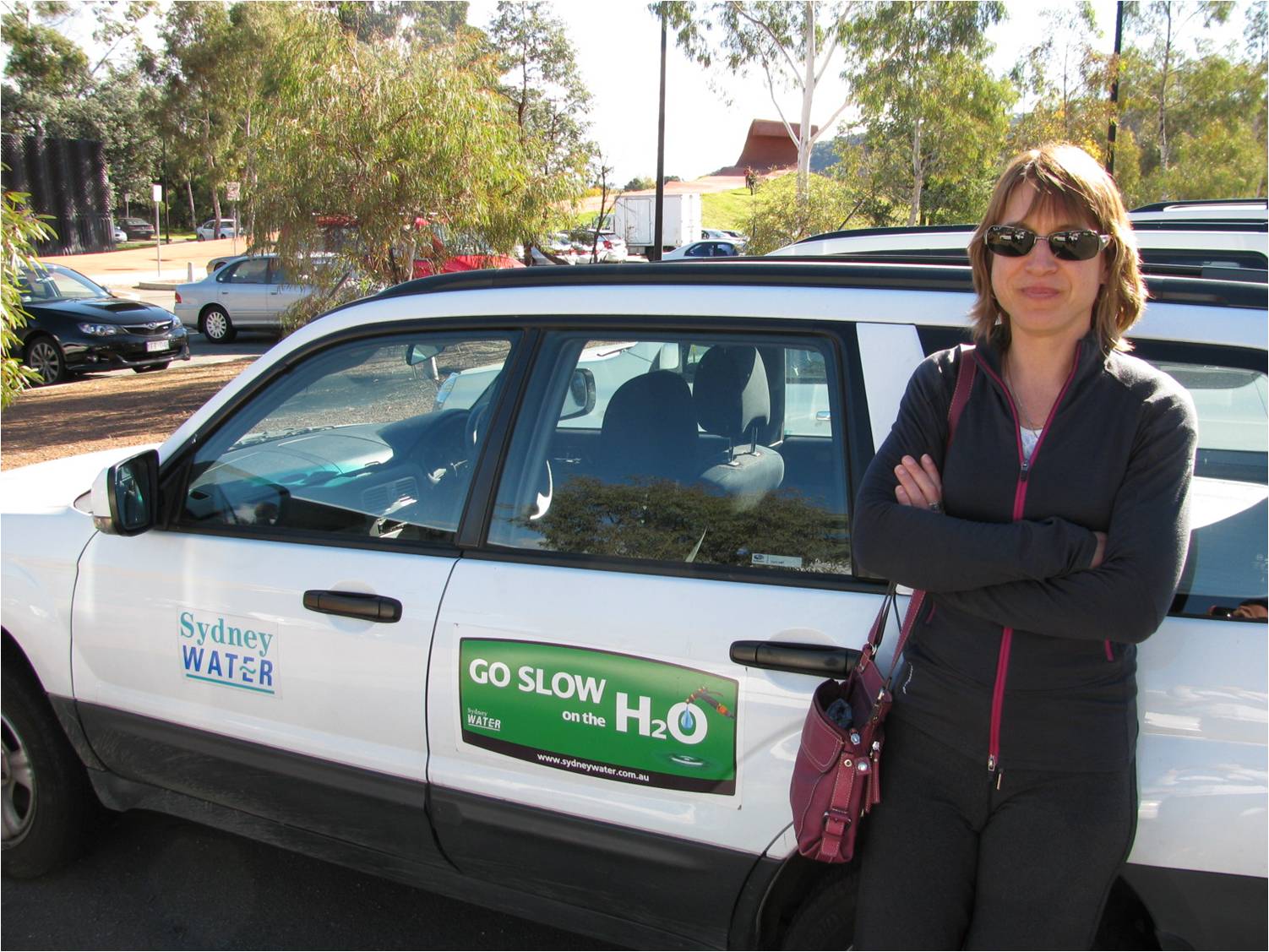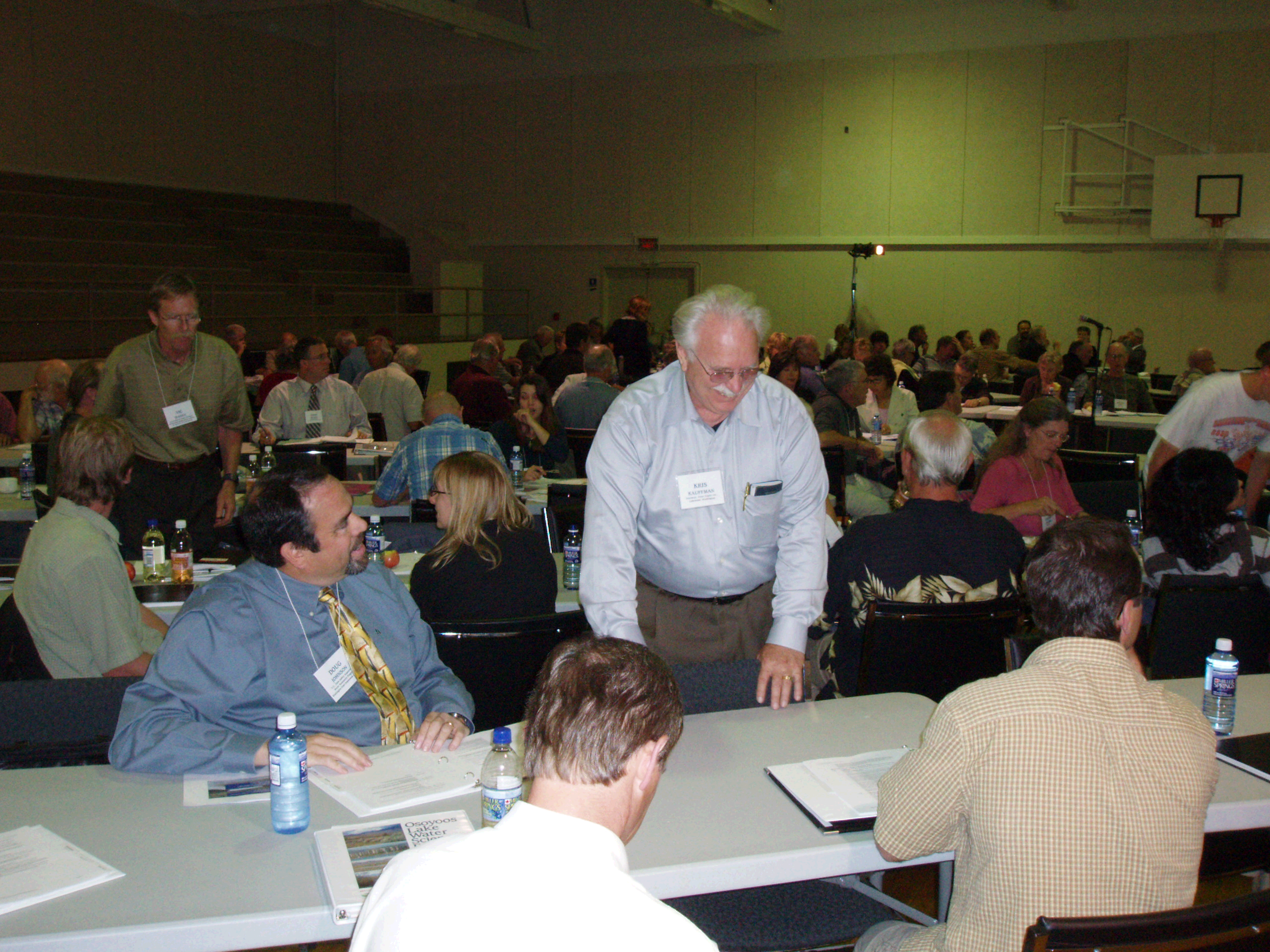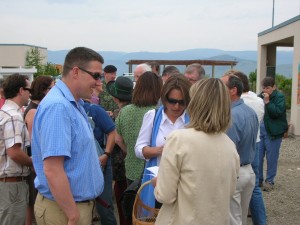“This is your time and it feels normal to you, but really there is no normal. There’s only change and resistance to it and then more change.“ – Meryl Streep
I’ve been writing about change lately – change in climate and population. But it will take even more change to adapt to new conditions. The challenge is knowing where we are vulnerable and how to respond, so we can protect the things we love. But how do we get through the inertia to action?
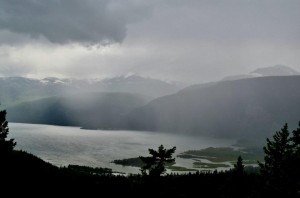
Summer rains on Kootenay Lake – photo taken a few days before and a few kilometres north of the Johnson’s Landing slide. Courtesy of Brynne Herbison.
It’s as true for individuals as whole communities. People tend to trust their odds for most things – but suddenly, without warning, the ground can shift beneath us.
I’ve been deeply unsettled by news of the mudslide in Johnson’s Landing last week – a place I’ve visited often. A tragedy is the worst kind of catalyst for change. Continue reading


